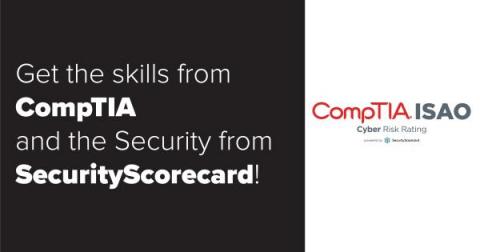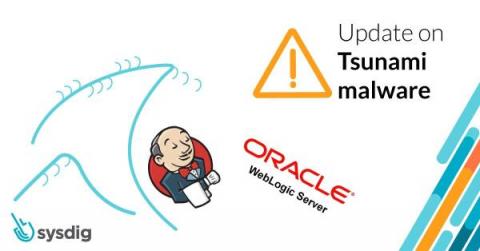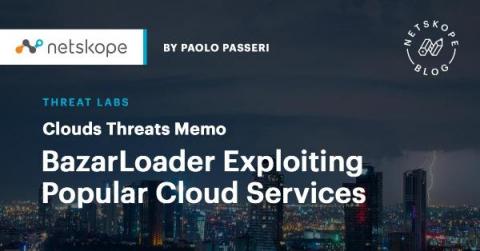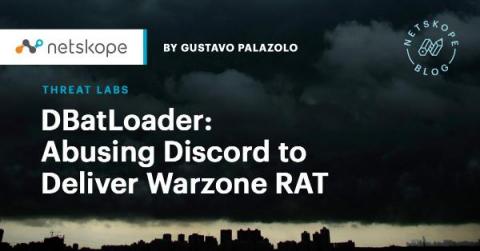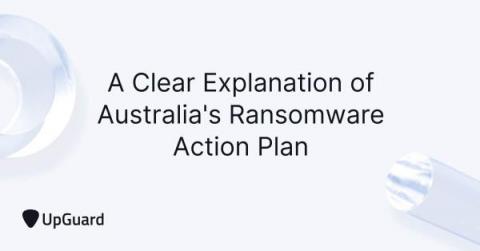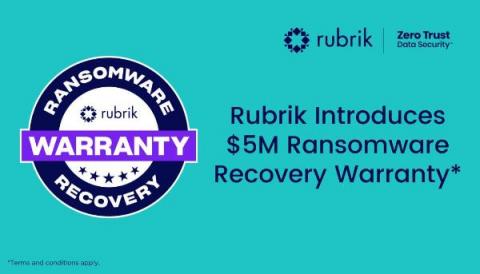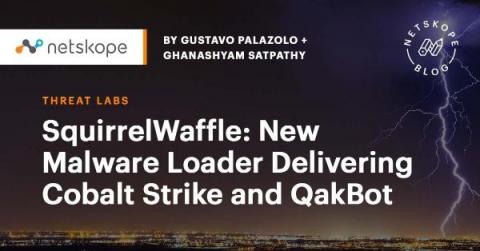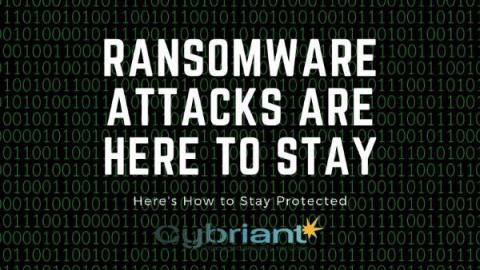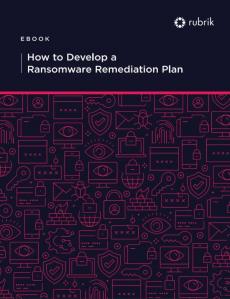Rooting Malware Makes a Comeback: Lookout Discovers Global Campaign
Security researchers at the Lookout Threat Lab have identified a new rooting malware distributed on Google Play and prominent third-party stores such as the Amazon Appstore and the Samsung Galaxy Store. We named the malware “AbstractEmu” after its use of code abstraction and anti-emulation checks to avoid running while under analysis. A total of 19 related applications were uncovered, seven of which contain rooting functionality, including one on Play that had more than 10,000 downloads.






